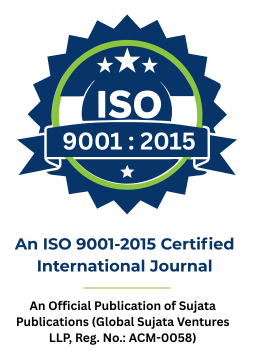Current Status: Carbonic Anhydrase Inhibitors as Potential Alzheimer consequences
Keywords:
Alzheimer disease, AD, Carbonic anhydrase, Amyloid‐β (Aβ), N‐methyl‐D‐aspartate (NMDA) antagonistAbstract
Alzheimer's illness (Promotion) is a neurodegenerative problem and a vital premise of dementia in the old populace worldwide. As of late, human carbonic anhydrases were exhibited as conceivable new focuses for treating Promotion. Expansion in the occurrence of neurodegenerative illnesses, specifically Alzheimer's Sickness (Promotion), is a result of the world′s populace maturing yet sadly, existing therapies are just compelling at deferring a portion of the side effects and temporarily. Regardless of enormous endeavors by both scholarly analysts and drug organizations, no illness adjusting drugs have been brought to the market somewhat recently. As of late, a few examinations shed light on Carbonic Anhydrases as conceivable new focuses for Promotion treatment. In the current survey we summed up preclinical and clinical discoveries with respect to the job of CAs and their inhibitors/activators on cognizance, maturing and neurodegeneration and we examine future difficulties and open doors in the field.
Downloads
Published
Issue
Section
License
Copyright (c) 2024 Sujata Publications

This work is licensed under a Creative Commons Attribution-NonCommercial 4.0 International License.




